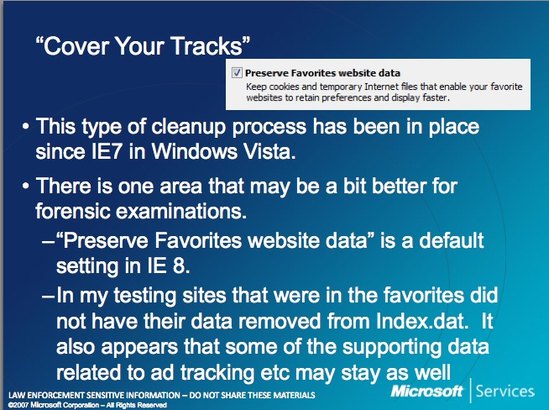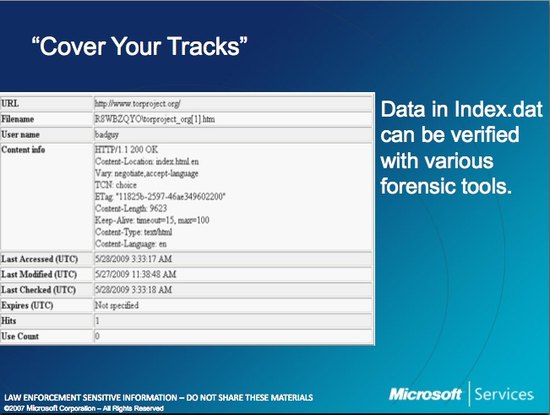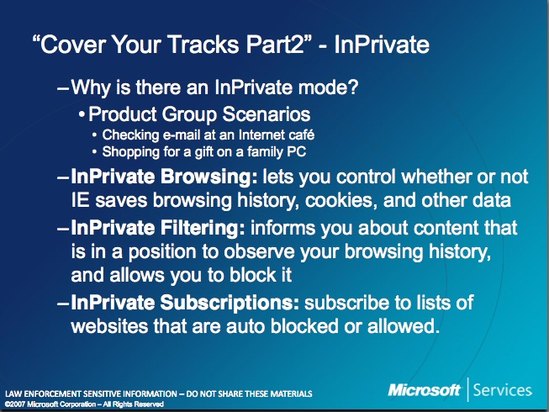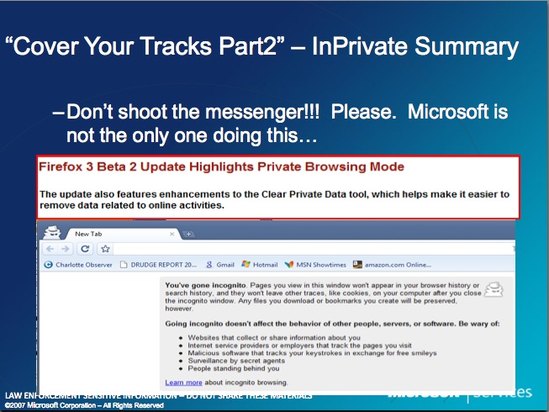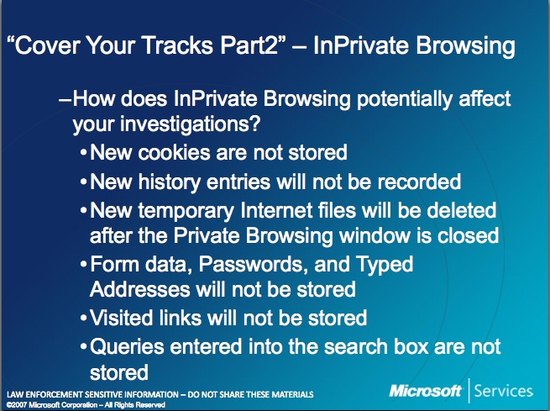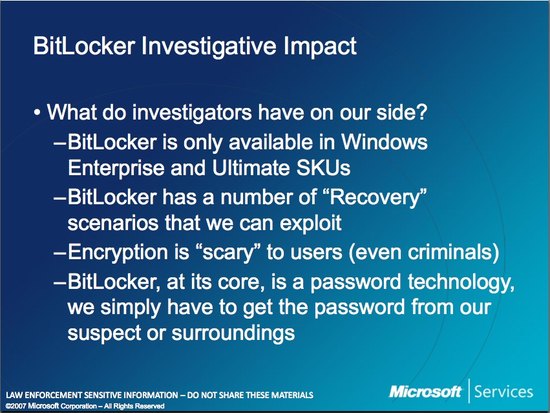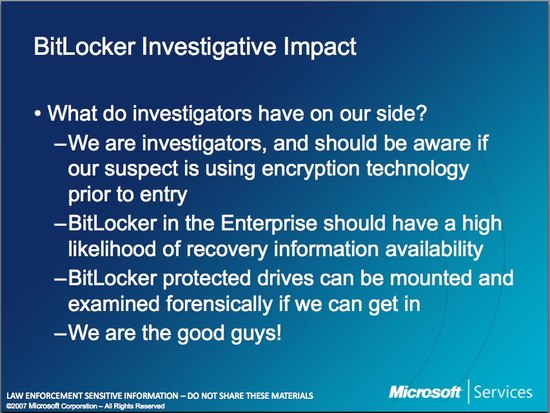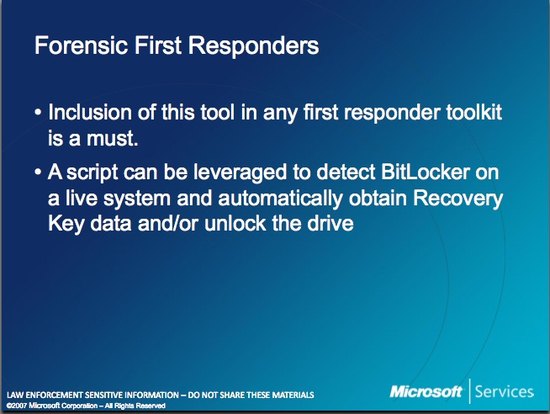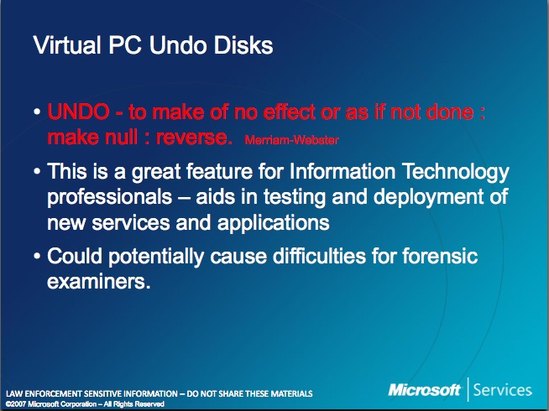
TEDxEQChCh was streaming live all day here.
Exploration
Rakihia Tau – Mihi
Highly Flammable – Performers
Highly Flammable
Roger Sutton – Opening remarks
Tom Hooper – CEO, Canterbury Development Corporation
The Kiwi mantra of ‘give it a go’ is far more valuable than we give it credit. Christchurch might not be attractive to the risk-adverse at the moment, but that’s alright. The job right now is to attract and retain young people, and make sure that talented young people are going to want to come here.
Vibeke Linde-Strandby – Architect
“Thinking like a designer can transform the way you develop products, services, processes and even strategy.” – Tim Brown
Arlanda Stad is a business park concept with a soul.
“This is the first time I’ve tried to explain architectural concepts without slides.”
John Hunter – Recorded TED talk
Watch the talk here.
John Hunter puts all the problems of the world on a 4’x5′ plywood board — and lets his 4th-graders solve them. At TED2011, he explains how his World Peace Game engages schoolkids, and why the complex lessons it teaches — spontaneous, and always surprising — go further than classroom lectures can.
John was put in charge of a gifted education programme. His first question was “What do I do?” the response was “What do you want to do?”.
The answer was the World Peace Game that features the UN, arms dealers, saboteurs and weather goddesses.
John admits to his students “I don’t know the answers.”
The documentary film John talks about is showing at the Hollywood Cinema in Christchurch, details will be up on the TEDxEQChCh website.
Jamie Fitzgerald – Adventurer, presenter on First Crossings
“For 42 hours we did not move anywhere.”
“So we haven’t moved anywhere and we’re winning the race.”
Sometimes when you think you’re making the least progress you’re actually making the most.
“If you don’t know where you’re going, any road will take you there.” – Cheshire Cat, Alice in Wonderland
Experiential learning.
They asked what are the insights from other people’s success that we can apply tomorrow?
Celebrating milestones
We only ever focussed on that next milestone and we celebrated it.
“Why do I push my boundaries? If I let an opportunity pass I might be letting myself down.”
Ryan Reynolds – Chief Evangelist, Life In Vacant Spaces
We live in a culture of permits.
Anything a bit out of the ordinary is forbidden unless we get special permission.
We internalize this and close ourselves off.
There is a brief time in adolescence where we act as if anything is allowed unless strictly specified as forbidden.
Approach any rule asking what does it allow?
The Book Exchange Fridge Gapfiller project: people asked “Who’s going to be locking the fridge every night?”
A permanent solution might have been too daunting.
If people will not try things without permission, you have to make it easy to get a permit, Life in Vacant Spaces deals with barriers.
It’s easy to try something when it’s temporary.
What if you could try out an idea for free for 30 days?
Festival of Transitional Architecture.
“We’re totally unresourced and in over our heads, but everyone should get in over their heads right now.”
The caption of one of the projects featured in Ryan’s slides: “Needs funding – let’s talk :)”
The opposite of a permit is an invitation.
We want to foster a creative culture of creators and doers.
Inspiration
Kiel Johnson – Artist
A good idea only comes when working on a bad idea.
Lots of slides with awesome projects Kiel has worked on.
Made a printing press: “I am the press, I have the power.”
Made a survival vest for an emergency “I’m living in Los Angeles so when we fall into the ocean…”
“Get started on whatever you do… and good things will happen.”
“I do outreach… which is basically making more people like me.”
Two words: robot party.
Jane Henley – CEO, World Building Council
Green in a generation.
What we’ve created now is a set of disconnects and it’s difficult to realize visions in this environment.
“I wonder how long their drive to work is everyday.” Jane on a photo of a suburban cul-de-sac.
Market uptake is increasing in speed with each new technology.
We use labels to understand the plethora of information available to us. Performance ratings – energy, water, fuel efficiency ratings on appliances and vehicles.
Growing vegetables, community involvement, walking, closeness to family – valuable things from the past that need to be brought back.
Consumption to co-sumption
Good ideas: walking school bus, AirBNB – renting a room in your house out, carpooling (10 weddings have happened because of connections made through carpooling.com).
Community collaboration
Say a neighbourhood wants green energy – these community collaborators think up a solution.
We can look at Skype and the NZ Insulation Programme and see values becoming easier to achieve and becoming more important – connecting with friends overseas, having a warm home…
“When I was at school working together was called cheating.”
Twitter @worldgbc.
Donald Sadoway – Recorded TED talk
Watch the talk here.
What’s the key to using alternative energy, like solar and wind? Storage — so we can have power on tap even when the sun’s not out and the wind’s not blowing. In this accessible, inspiring talk, Donald Sadoway takes to the blackboard to show us the future of large-scale batteries that store renewable energy. As he says: “We need to think about the problem differently. We need to think big. We need to think cheap.”
Making a liquid battery to solve the strain on power sources.
“If you want to make something dirt cheap, make it out of dirt.”
“One of the greatest benefits of being a professor? Coloured chalk.”
“David’s young, smart, and wants a PhD.”
Abbas Nazari – Student, Former Afghan Refugee
Don’t think I could do his talk justice. Watch the video when it’s posted.
Wil McLellan – Founder, EPIC
Disruptive collaboration, the journey of getting EPIC built.
“Not feeling super positive.” – Wil on the day after the earthquake.
“We we got no money, we got no land, we got no property development experience.” But that didn’t hold them back.
“You’re pretty good at art… cough Lord Of The Rings” Wil to one of the most creative businesses in New Zealand, WETA.
Challenge convention, think outside the box.
Activation
Jed, Hera with Happiness Stan – Music
Jade Temepara – Founder, Hand Over A Hundy
Think about food differently.
Food has changed through generations ending up with things with no nutritional value.
A few days after the February quake there was no food in a supermarket near Jade and there wasn’t going to be for a week. “What am I going to do to make sure I have enough to sustain my own family” if food wasn’t available anywhere for a period of time?
Start a food revolution.
Hand Over A Hundy gifts $100 to families to start a vegetable garden.
Handing down skills and knowledge through generations – most of the mentors assigned to families are older people.
Do you have your own food system? Are you passing down valuable skills to your kids?
Are you teaching your children where real food comes from?
Pam Warhurst – Recorded TED talk
Watch the talk here.
What should a community do with its unused land? Plant food, of course. With energy and humor, Pam Warhurst tells at the TEDSalon the story of how she and a growing team of volunteers came together to turn plots of unused land into communal vegetable gardens, and to change the narrative of food in their community.
Propaganda gardening.
“We did not write a report, we did not ask for permission.”
Food is a common language.
“And we’ve done it all without a flipping strategy document.”
“I’ve seen the power of small actions and it’s awesome.”
“And for some reason I can’t comprehend it’s surrounded by prickly plants.”
“And there’s some people who don’t know what a vegetable looks like if it’s not in plastic with a label.”
“If you eat, you’re in.”
Ernesto Sirolli – Founder, Sirolli Institute
“We paid them to come… and sometimes they showed up.”
“Instead of asking ‘why aren’t you growing anything?’ we just said ‘thank God we’re here’.”
“If people don’t want to be helped, leave them alone.” It’s about respect.
“Let me tell you a secret. There is a problem with community meetings. Entrepreneurs don’t come.”
“How do you do that?” “I do something very, very difficult. I shut up.”
Entrepreneurs want confidentiality, dedication and for you to realize that a successful business needs:
A fantastic product, marketing and financial management.
None of the successful companies started with one. Study Richard Branson’s book – the first two pages. He doesn’t mention I. He says We 32 times.
George Parker – Actor
George talked about a performance he was involved in about the Canterbury earthquakes.
“We were used to working in unconventional spaces.”
Joshua Iosefo – Poet
An amazing live performance on invisible borders and being brown.
Aspiration
Ian Taylor – Managing Director, Animation Research Ltd
Ian wowed everyone with his animations.
“While everything was turning to crap here, people of that calibre were thinking about you.” Ian on getting help from big companies for his earthquake auction.
“Don’t see why not” attitude gets his staff around the world.
“Something special happened in Christchurch, grasp it.”
Sam Johnson – Founder, Student Volunteer Army
When we’re young we’re taught to value money, time, skills. Contribution is more important.
“Do you have any skills?” – A business to Sam after he asked how he could help after the earthquake.
“Why humans exist is to interact with each other.”
“In real life, strategy is actually very straightforward. Pick a general direction and implement like hell.”*
The Concert
The only way to get there is by doing four hours of volunteer work.
Bryan Stevenson – Recorded TED Talk
Watch the talk here.
In an engaging and personal talk — with cameo appearances from his grandmother and Rosa Parks — human rights lawyer Bryan Stevenson shares some hard truths about America’s justice system, starting with a massive imbalance along racial lines: a third of the country’s black male population has been incarcerated at some point in their lives. These issues, which are wrapped up in America’s unexamined history, are rarely talked about with this level of candor, insight and persuasiveness.
“There is power in identity.”
1/3 young black men in USA are in jail, prison, on probation or parole.
34% of black male population in Alabama have lost the right to vote permanently.
Rich and guilty are treated better than poor and innocent.
The death penalty question is really: “do we deserve to kill?”
1/9 on death row are innocent. In aviation we would never let an airline fly if one plane out of nine went down.
11 times more likely to get the death penalty if the victim is white opposed to black.
22 times more likely to get the death penalty if the defendant is black opposed to white.
Germany would never institute the death penalty – it would be impossible with their history to endorse the systematic killing of its citizens. But in the USA it’s fine to kill more black people than white on death row.
“That’s going to make you tired, tired, tired… that’s why you gotta be brave, brave, brave.” To Bryan on his justice initiatives.
The opposite of poverty is justice.
Keep your eyes on the prize, hold on.
Alexandros Washburn – Urban Designer
“When you meet one kiwi, you meet 100.”
On seeing one of the towers on fire on 9/11: “And we were interested in this from a technical standpoint as architects because no one had died in a high-rise building that had sprinklers.” He thought that the plane close by was some sort of firefighting plane. It wasn’t.
9/11 was the first day of school for a lot of students (something I’d never heard before).
So many similarities to Christchurch: cellphones and most landlines weren’t working immediately afterwards, portable toilets, military stationed around the city, a no go zone, a mayoral election.
Improve the quality of public life by improving the quality of public space.
Urban planning
The smallest units matter.
If it’s worth remembering, it’s worth drawing.
How do you judge an effective public space? By the perspective of a pedestrian.
Alexandros drew an awesome diagram of a street with dimensions.
When you’re walking down the street, something should catch your attention every 10m.
Sewer catch basins can’t be moved when placed – it’s too expensive.
The fire department want specific things in specific places.
The Highline
“We had to think clearly, when there was high emotion.” After 9/11.
You have to hope for something greater tomorrow and you have to accept the fear that generates.
My hope for Christchurch video
Created by Becca MacGeorge.
Time’s up.
Fin.
—
Great day. Watch the talks when they get posted on the interwebs.












































